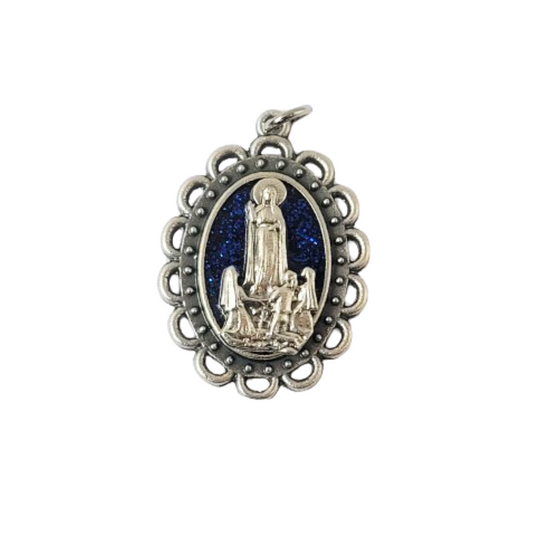Saint Columban’s Story
Columban was the greatest of the Irish missionaries who worked on the European continent. As a young man who was greatly tormented by temptations of the flesh, he sought the advice of a religious woman who had lived a hermit’s life for years. He saw in her answer a call to leave the world. He went first to a monk on an island in Lough Erne, then to the great monastic seat of learning at Bangor.
After many years of seclusion and prayer, he traveled to Gaul with 12 companion missionaries. They won wide respect for the rigor of their discipline, their preaching, and their commitment to charity and religious life in a time characterized by clerical laxity and civil strife. Columban established several monasteries in Europe which became centers of religion and culture. His writings include a treatise on penance and against Arianism, sermons, poetry, and his monastic rule.
Like all saints, he met opposition. Ultimately he had to appeal to the pope against complaints of Frankish bishops, for vindication of his orthodoxy and approval of Irish customs. He reproved the king for his licentious life, insisting that he marry. Since this threatened the power of the queen mother, Columban was deported back to Ireland. His ship ran aground in a storm, and he continued his work in Europe, ultimately arriving in Italy, where he found favor with the king of the Lombards. In his last years he established the famous monastery of Bobbio, where he died. Saint Columban's liturgical feast is celebrated on November 23.
Reflection
Now that public sexual license is becoming extreme, we need the Church’s memory of a young man as concerned about chastity as Columban. And now that the comfort-captured Western world stands in tragic contrast to starving millions, we need the challenge to austerity and discipline of a group of Irish monks. They were too strict, we say; they went too far. How far shall we go?
November, 26th






